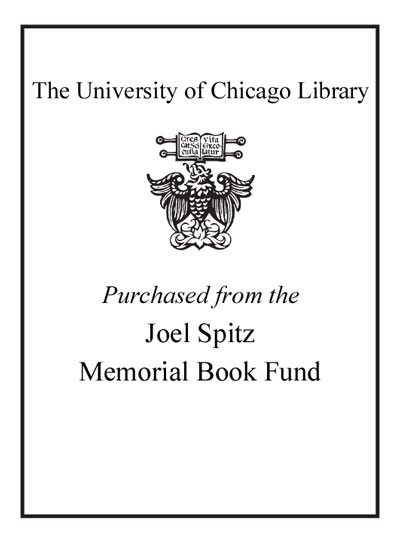Insect artifice : nature and art in the Dutch Revolt /
Saved in:
| Author / Creator: | Bass, Marisa, 1981- author. |
|---|---|
| Imprint: | Princeton, New Jersey : Princeton University Press, [2019] ©2019 |
| Description: | xi, 297 pages : illustrations (some color), plates ; 27 cm |
| Language: | English |
| Subject: | |
| Format: | Print Book |
| URL for this record: | http://pi.lib.uchicago.edu/1001/cat/bib/11807063 |
Table of Contents:
- Introduction. Antwerp in metamorphosis
- Part I. The hammer and the nail. Hoefnagel's shoes ; The good herb patience ; The genius of place ; Monuments of friendship
- Part II. Nature's unmasterable elements. Animal ingenuity ; Fossil forms ; The insect as artifex
- Epilogue. The font of everything.

